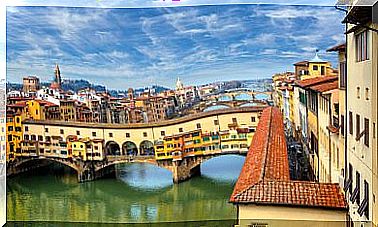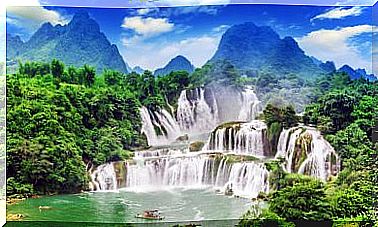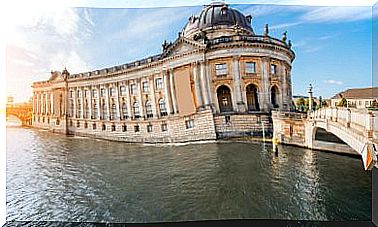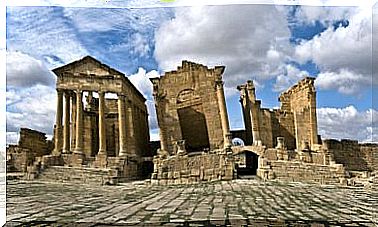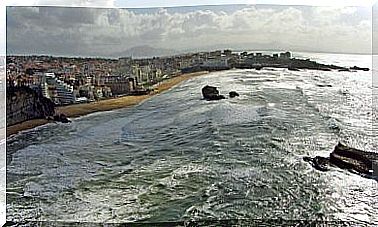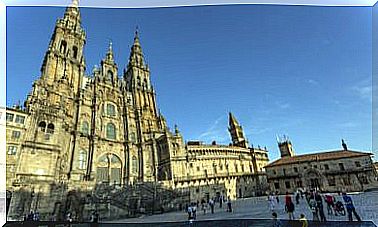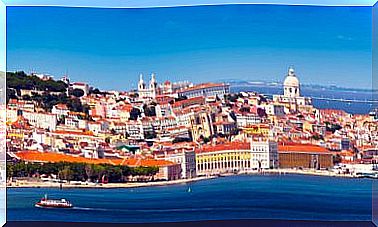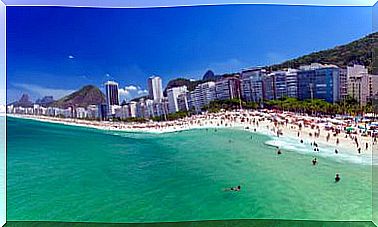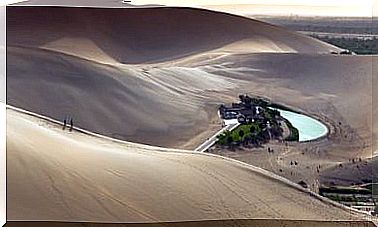We Visit The National Sculpture Museum Of Valladolid
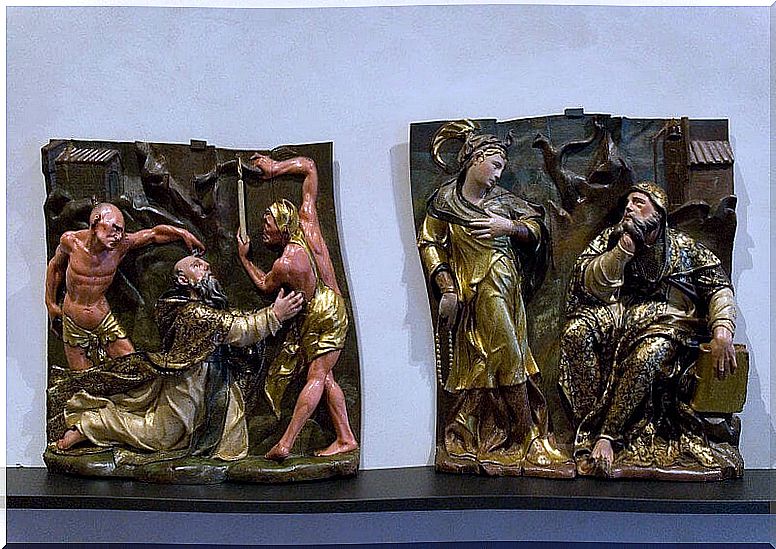
The National Sculpture Museum is a national museum of the first order. Some of the best sculptural samples in Spain are housed in it. And the building, the old one, is already a marvel. We go into its rooms to visit them and admire their works of art. Can you come with us?
The creation of the National Sculpture Museum
The National Sculpture Museum is located in the city of Valladolid. It is a unique space in the center of the historic city that has its origin in 1842, being one of the oldest museums in Spain. The initial nucleus of this impressive sculpture collection was formed around the year 1835.
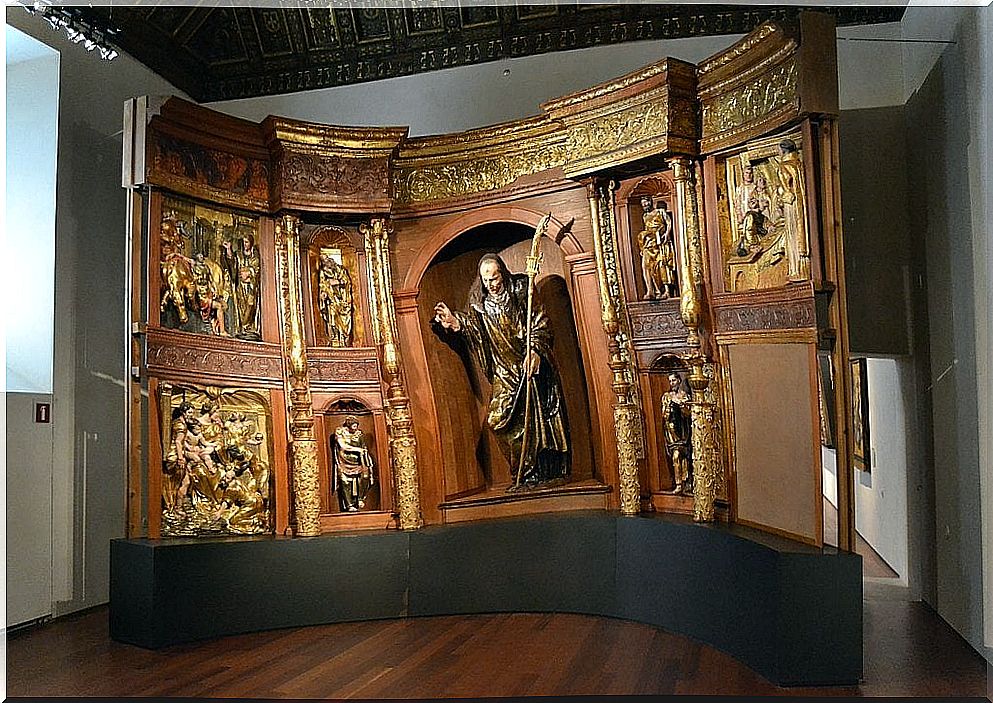
Its creation is the consequence of the confiscation of hundreds of convents and religious buildings throughout the country, as well as the disappearance or privatization of many of them. It is a museum of great importance that during the Second Republic, specifically in 1933, the Government recognized as a National Museum, with the consequent protection and investment in it.
Its continuous growth caused the need to improve and expand its spaces. For this reason, an extensive and complete rehabilitation of the Colegio de San Gregorio de Valladolid began with the aim of configuring it as a headquarters worthy of such an important artistic collection. Its management, like that of the rest of the state museums, depends on the Ministry of Culture.
The museum collection
The National Sculpture Museum has three nuclei of works. On the one hand there are the religious works and, on the other, the artistic copies of the extinct National Museum of Artistic Reproductions. To these we must add the magnificent Neapolitan nativity scene.
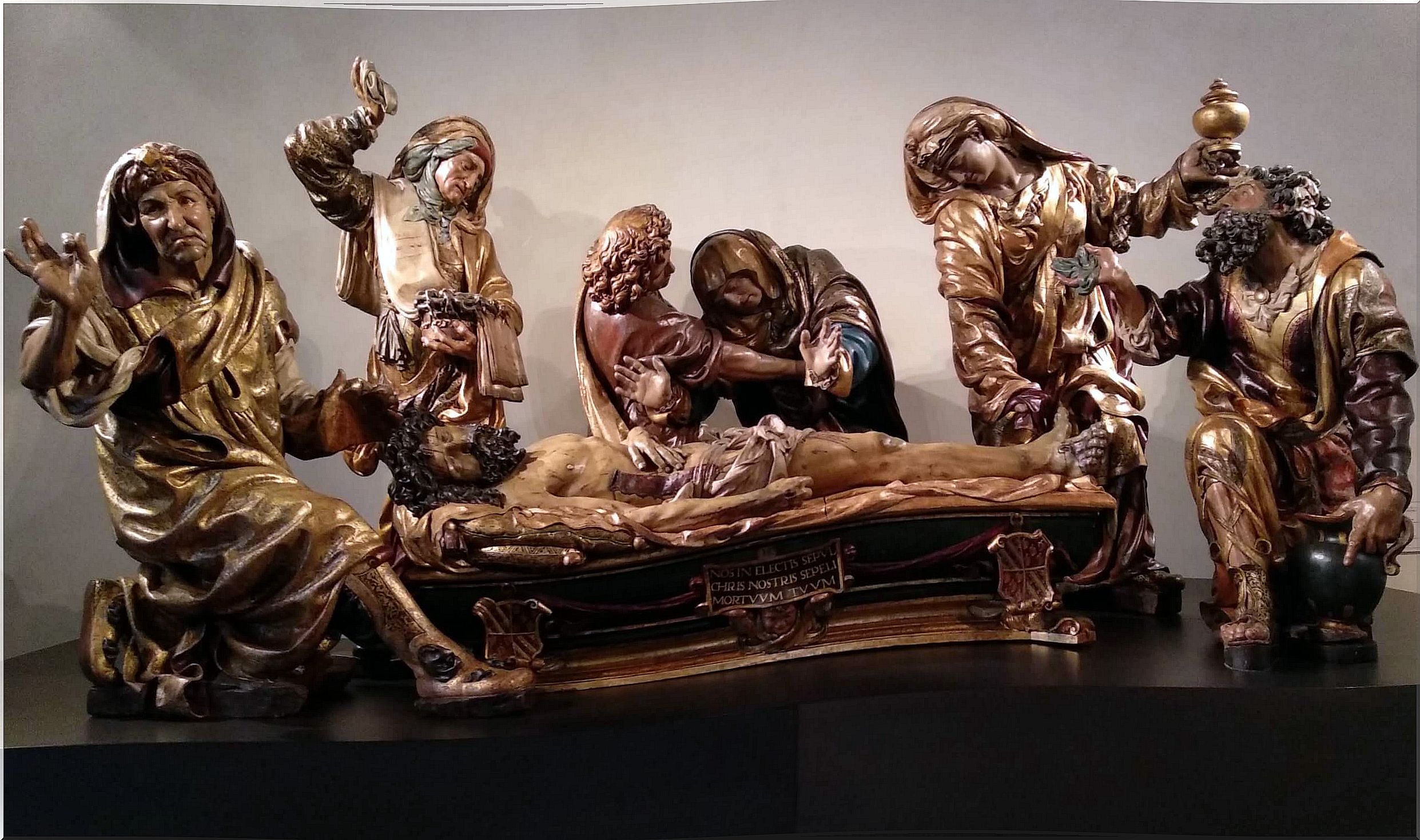
Religious works are sculptural works that range from the 13th to the 18th centuries. It is a large group of sculptures in polychrome wood, stone and polychrome clay in which you will be able to contemplate the evolution of this art over the centuries.
But there are also works of the Gothic-Flemish and French tradition and examples of Renaissance style such as the great stalls of the San Benito el Real choir in Valladolid. Thus, precious altarpieces, choir stalls, funerary monuments and processional steps will mark the historical path of sculpture throughout the country.
Authors of the stature of Felipe Bigarny, Diego de Siloé, Alonso Cano, Pedro de Mena, Juan Alonso Villabrille and many more have seen their work recognized through the rooms of this national museum.
Meanwhile, the second artistic nucleus that the National Sculpture Museum has are the collections of the National Museum of Artistic Reproductions, founded at the end of the 19th century and which passed to this museum in 2011. And the third nucleus that should not be missed is the beautiful Neapolitan nativity scene, made up of more than 600 pieces.
The headquarters of the National Sculpture Museum
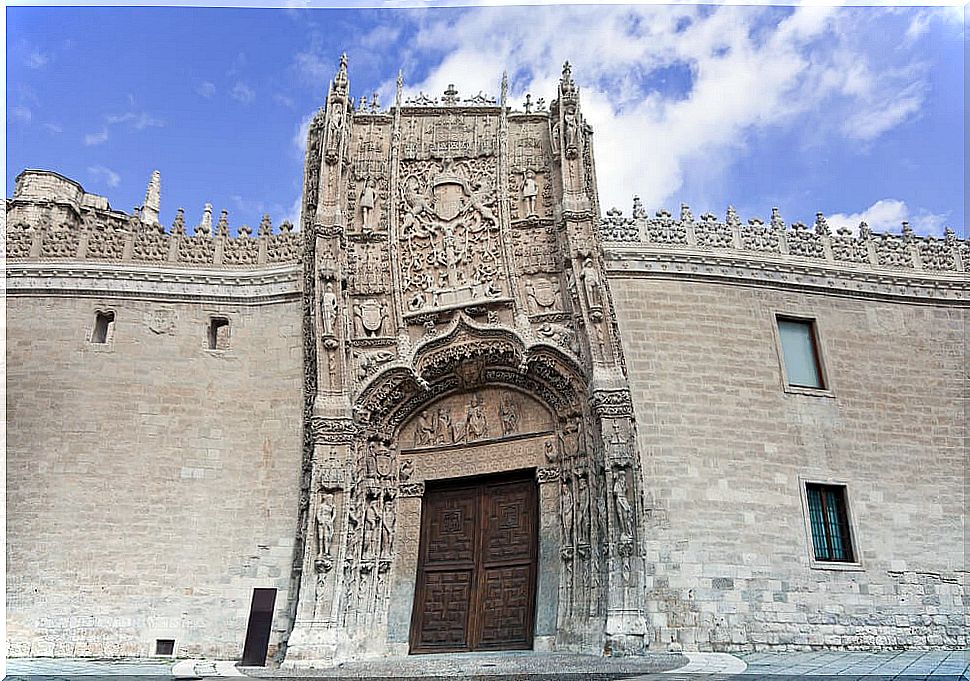
The National Sculpture Museum is located in the pedestrian street of Cadenas de San Gregorio. It is formed through the union of several historical buildings: the Colegio de San Gregorio, the Villena palace, the Casa del Sol and the church of San Benito el Viejo.
It is a powerful architectural complex that is made up of different architectural typologies, which will also allow us to contemplate the differences that existed between a school, a church or a palace. Among all of them, the old Colegio de San Gregorio de Valladolid stands out.
It is a building built in the 15th century with the approval of the Catholic Monarchs and in which such important figures as Luis de Granada or Bartolomé de las Casas were formed. Its cover stands out in which the tree of life and knowledge is mixed with saints and allegorical beings.
The visit to the museum
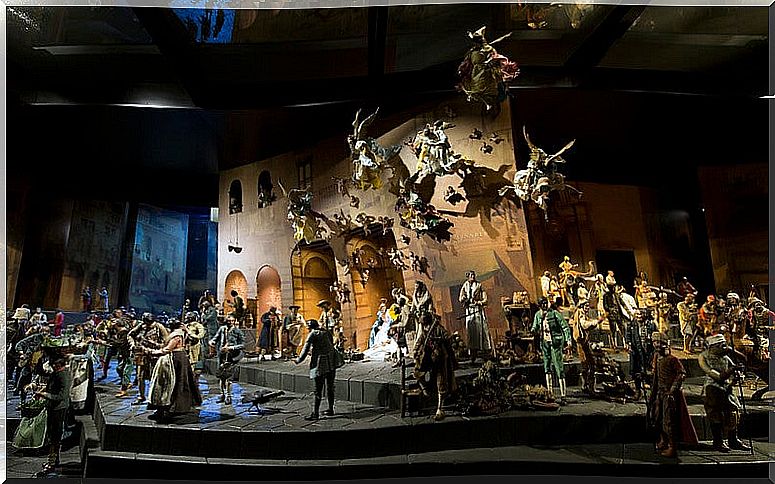
As we have already said, the National Sculpture Museum is developed in three historical buildings. And each one has a different opening hours. Thus, the Colegio de San Gregorio, which houses the permanent collection of sculpture, can be visited from Tuesday to Saturday from 10 am to 2 pm and from 4 pm to 7:30 pm. Sundays and holidays open from 10 am to 2 pm.
The Villena Palace, where the Neapolitan nativity scene and temporary exhibitions are located, and the Casa del Sol, where you can see the artistic reproductions, are open from Tuesday to Saturday from 11 a.m. to 2 p.m. and from 4:30 p.m. to 7 p.m. 30 hours. Sundays and holidays open from 11 am to 2 pm.
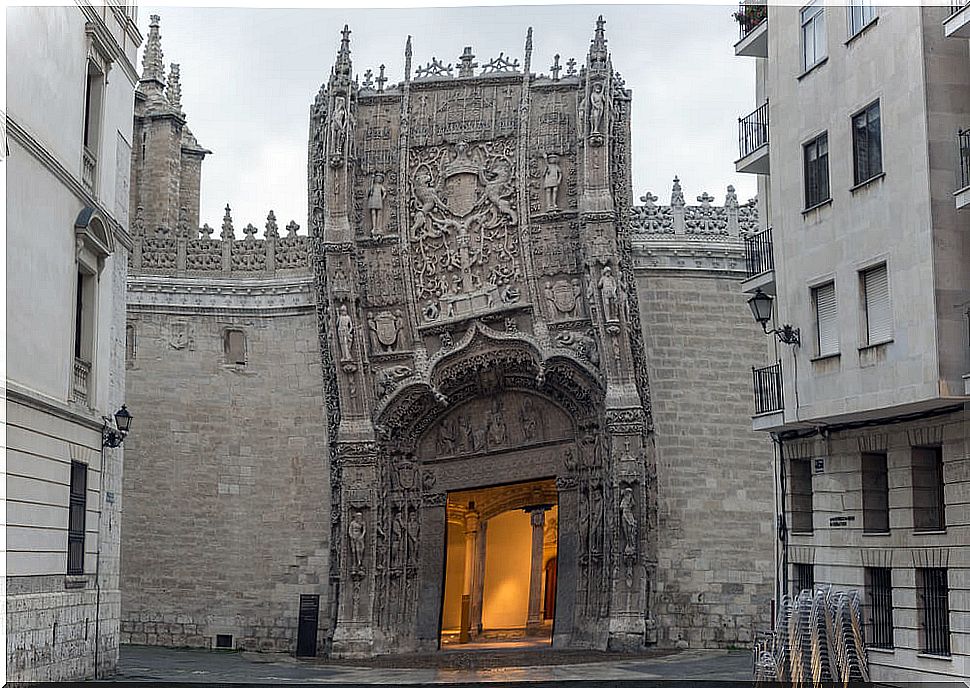
Main Photography: patriciawla1 /Flickr.com
